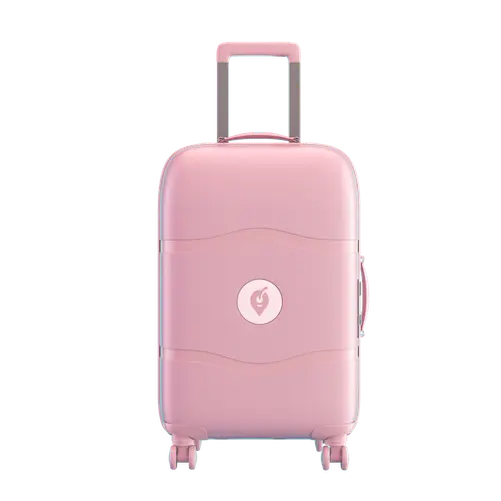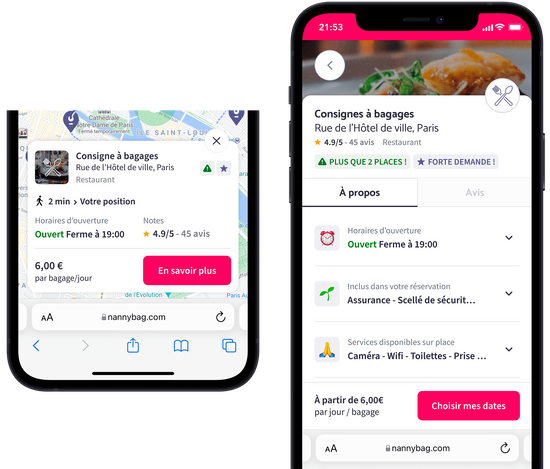Navigating London Public Transport: Trains, Buses, & More

For anyone in London - first-time tourist, regular visitor, or born and bred Londoner - this enormous metropolis can be a little daunting, and the distances you travel from A to B can be long! If you lack patience, you should know that few journeys in London are under 30 minutes. You'll see this for yourself once you've taken the Gatwick Express or Heathrow Express as you arrive in London.
Thankfully, London's public transportation is extensive, and there are many different ways to get around, as discussed in the article below. So, even though the urban sprawl of London extends far and wide from Charing Cross (generally considered the city's center), you’ll always find a way to get there.
There are some essential pieces of information to remember when visiting London. Firstly, you can use your credit card (or phone) for contactless payment instead of buying a ticket. There’s also the London Oyster card, but you don’t save anything using it compared to contactless unless you buy a weekly or monthly travel pass for your Oyster card.
This gives you unlimited journeys, which is a cost-effective option if you travel a lot. Also, London is divided into 6 travel zones. Zone 1 is the very center of the city, with the zone number rising the further out you are. Travel costs rise depending on how many zones you travel through, so keep this in mind also!
To help, you should download Citymapper, one of the best apps for London travel, besides Google Maps or Apple Maps and includes info about tube lines, tube stations, bus stops, and London buses. It even tells you how to avoid rush hours to plan your journey accordingly while using transport in London. Soon, the Elizabeth line and Piccadilly line won't have any secrets for you!
Another handy app, especially for tourists traveling around London, is Nannybag. It allows you to drop off bags in luggage storage for however long you need, so download the app to find Nannybag London safe lockers near your location. So, what are the ways to get around this bustling city?
The London Underground
The London Underground, also known as the Tube, opened in 1863 with just six stations on the Metropolitan Line and was the first underground tram system in the world. Today, it has over 270 stations on 11 different lines and serves over 1 billion passenger journeys annually. The Tube has significantly shaped the city's history and development, from helping Londoners escape the Blitz during World War II to easing the growth of suburbs and commuter towns.
The Tube is also known for its distinctive design and architecture. The Roundel logo and the Art Deco stations designed by architect Charles Holden are famous worldwide. The Tube has inspired many films, TV shows, and songs, including the famous "Mind the Gap" announcement.
There are many fun facts about the Tube in London to remember. Did you know walking from Leicester Square to Covent Garden is possible without going outside? Or that the longest journey you can take on the Tube without changing trains is between Epping and West Ruislip, a distance of 34.1 miles? Or, despite the name, only 45% of the system is underground - the further you get outside central London, you’ll find many stations above ground.

London Bus
The London bus is an iconic part of the city's transport system and a great way to get around. There are over 8,000 buses on the roads of London, covering more than 700 different routes.
The London bus network is extensive and covers all city areas, from the busy central areas to the quieter suburbs. It's a convenient and affordable way to travel, and many buses run 24 hours a day, so you can get around any time of day or night. The one thing to remember is that traffic can get fairly heavy, especially in Central London, which might slow you down.
On the other hand, one of the great things about the London bus is that it allows you to see the city from a different perspective, especially if you sit upstairs on the bus's upper deck. Not all buses are double-decker, though; they come in various shapes and sizes, from the classic red double-decker to the modern hybrid buses that are more environmentally friendly. Some buses even have free Wi-Fi, making it easy to stay connected while you travel.

Tram Line
There is a limited tram service in London, and it operates in South London, connecting Wimbledon to Croydon. The Tramlink, as it's called, began operating in 2000 and has become an essential part of the transport network in the area. The Tramlink runs along a line covering 28 km and has 39 stops.
It's a popular way to travel between the two areas, particularly for commuters, as it provides a faster and more efficient alternative to buses or cars. Tourists might find it handy if they’re traveling around the south and southwest of the city, especially if they’re going to the world-famous annual Wimbledon tennis tournament!
Tips and Tricks to Travel Stress-Free with Kids
Other Services
There's the Overground network, which consists of several suburban train lines that connect different parts of the city. The Overground is a great way to travel between the outer areas of London and is particularly useful for commuters. It also connects to the metro
Another option is the Docklands Light Railway (DLR), which serves the Docklands area of London and is popular with tourists visiting attractions such as the O2 arena and the ExCeL exhibition center. The DLR is a fully automated system, and the trains have no drivers, which is a unique experience!

For river travel, there's the Thames Clippers, which operate high-speed boat services (now sponsored by Uber) along the River Thames, which bisects the city, running (generally) east to west. It's a great way to see the city from a different perspective and is a popular way to travel between attractions such as Greenwich and the Tower of London.
It’s not just a tourist gimmick, though; you can use the Oyster card or contactless to travel on the boats, and while it's a little more expensive and time-consuming than other modes of transport, many commuters choose this for the incredible views and peaceful travel experience.

Say hello to exploring and goodbye to heavy bags!
What if you could enjoy every minute in the city without the burden of your bags?
- Safe luggage storage for a flat daily price of £4.50/luggage item
- Included luggage protection of up to €10000 in case of breakage, loss or theft
